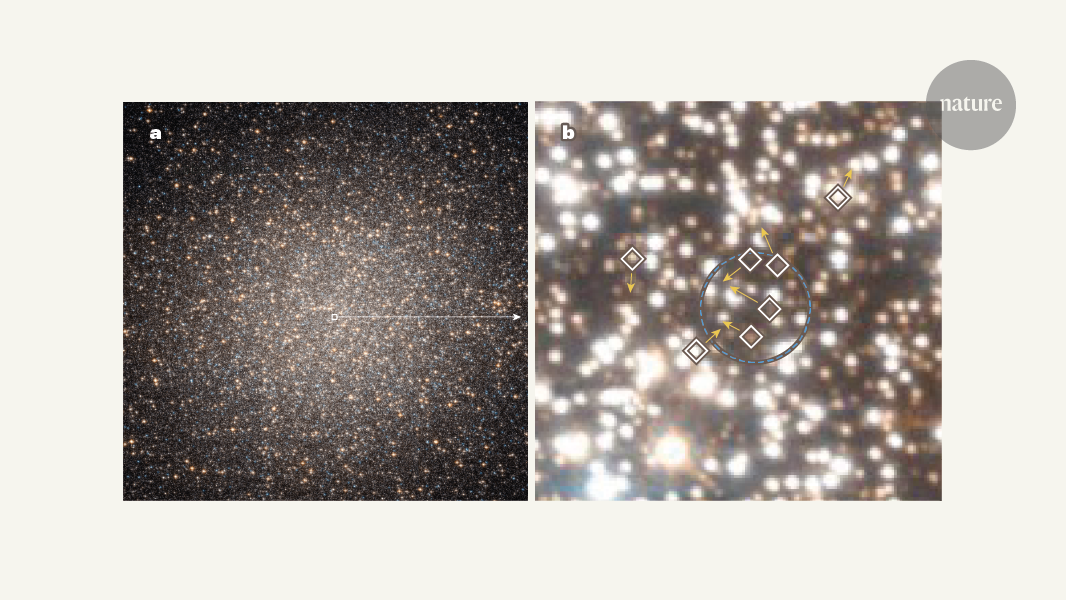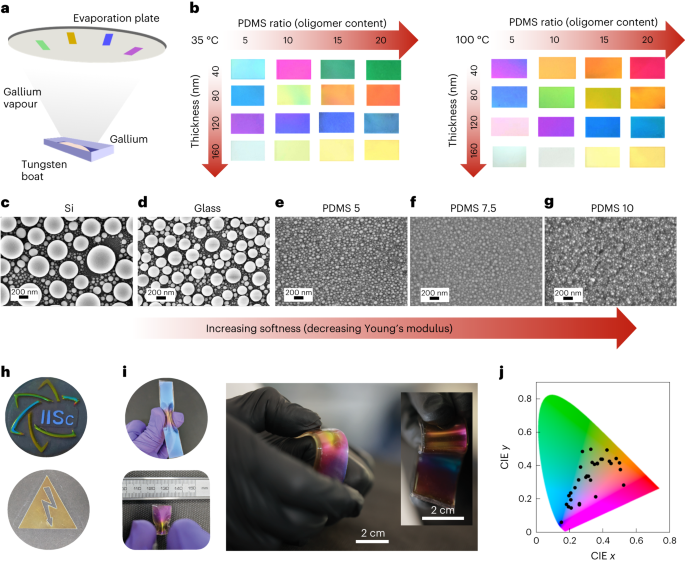- Science Simplified
- Posts
- This week in science
This week in science
Happy Wednesday morning! Thanks for joining in for another week. It’s This Week in Science and I’ve picked out 4 cool pieces for you.
Enjoy. And let me know what you think by taking the polls at the bottom and/or sending me an email with your thoughts.

The large majority of textile (ie clothing) waste is incinerated or dumped in landfills. One big reason is that most modern clothing consists of multiple material types, complicating its disposal. Cotton has to be treated differently than nylon and so on.
This paper explores new ways to process mixed-material clothing so that each component can be individually recycled.
We’ve known about black holes for a good while now, but still struggle to find anything besides the supermassive ones. Logically, black holes don’t jump from tiny to massive without spending some time growing. So where are all the medium ones?
In the case of black holes, “intermediate-mass” means anywhere from 100 to 100,000x the mass of the sun. Something this large would exert a significant gravitational force on the surrounding stars.
Using 20 years of Hubble telescope data, scientists found a group of stars moving so fast that they should’ve escaped their local star cluster, but were being held in orbit by some unseen force. After some calculations, the scientists figured out that the stars were likely being held in place by an intermediate-sized black hole approximately 8,200x the mass of the sun.
Structural color comes from the nano-scale features on a material surface. However, imparting nano-scale features in a controlled manner is tricky and often expensive/time consuming. In this paper, the authors explore using a combination of liquid metal nanoparticles and a common soft/stretchable materials. This combination lets them easily create flexible devices with a range of structural colors.

It turns out many plants are quite good at getting seeds into the ground. Remarkably, many seeds can generate a force and “dig” into the ground by reacting to environmental changes like humidity.
Here, the authors designed a seed-delivery mini-robot based on Avena fruits that effectively dig into the soil by sensing the humidity around it. Once activated, the mini-robot changed shape. This change creates a force and propels the robot into the soil to deliver its seed cargo.

See you next week for more science,
Neil


If you liked this post and want to keep getting cool science delivered to you, sign up for free:


Reply